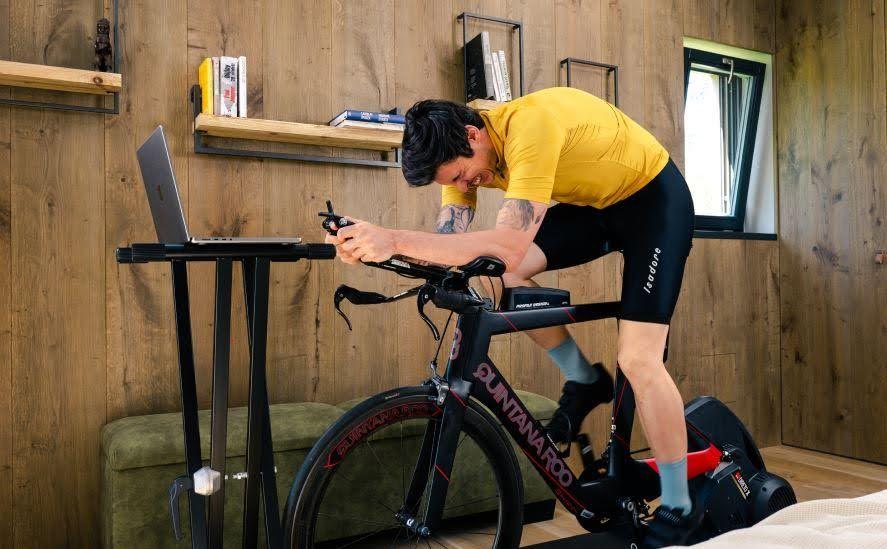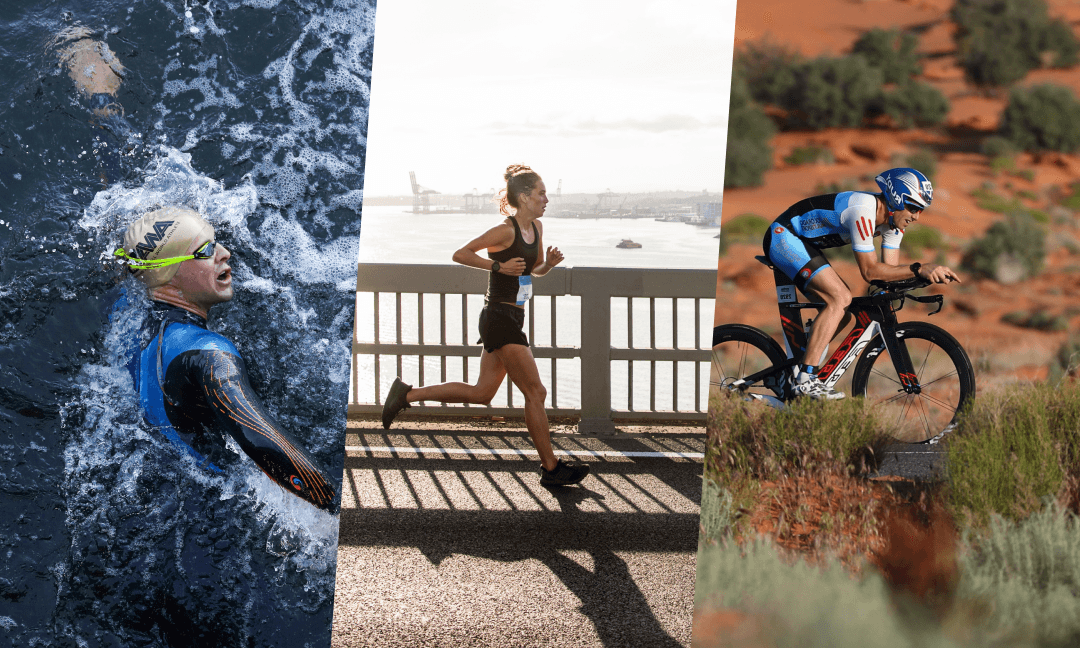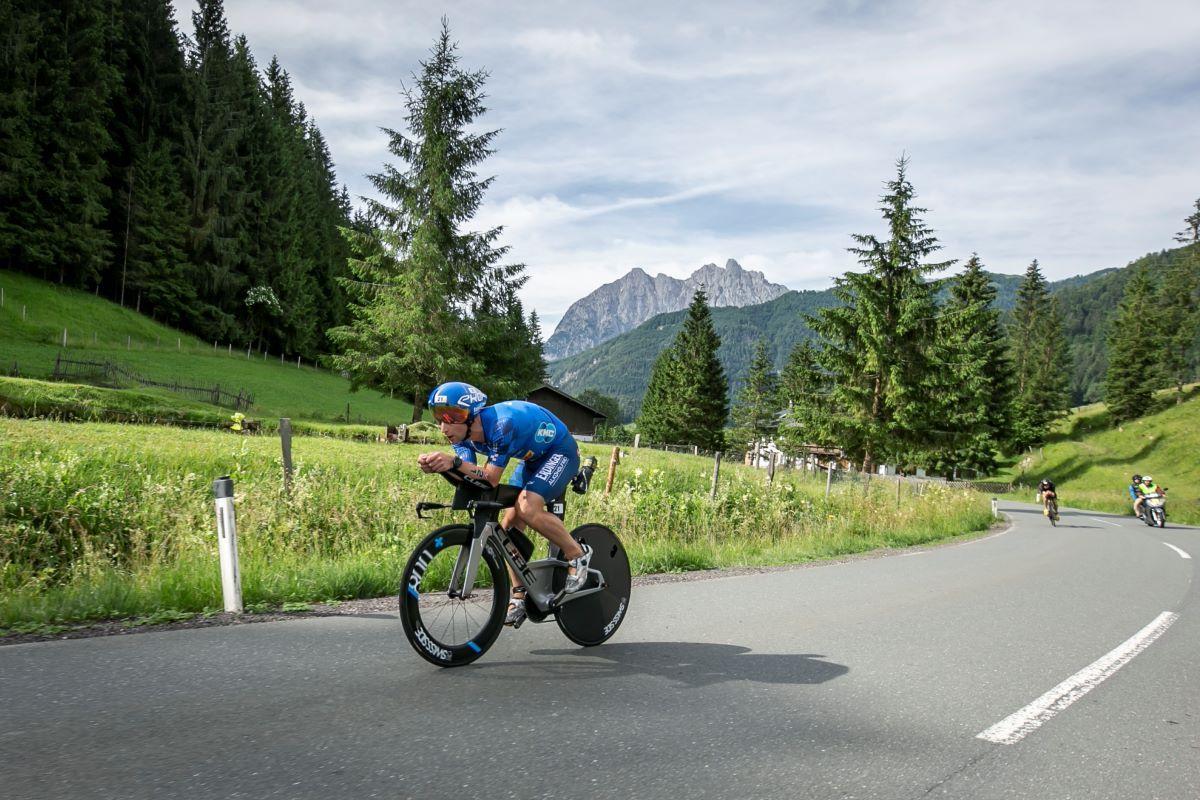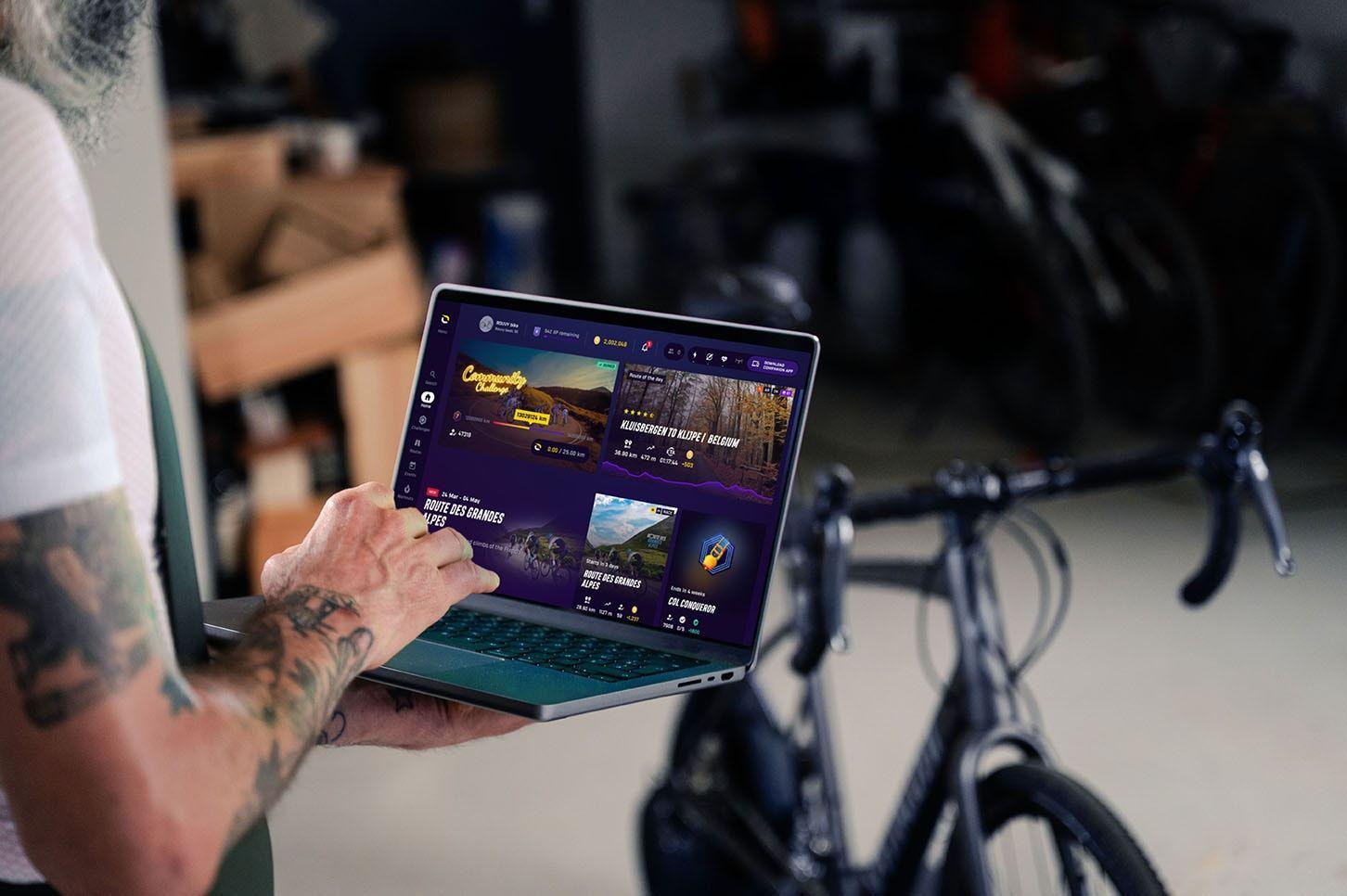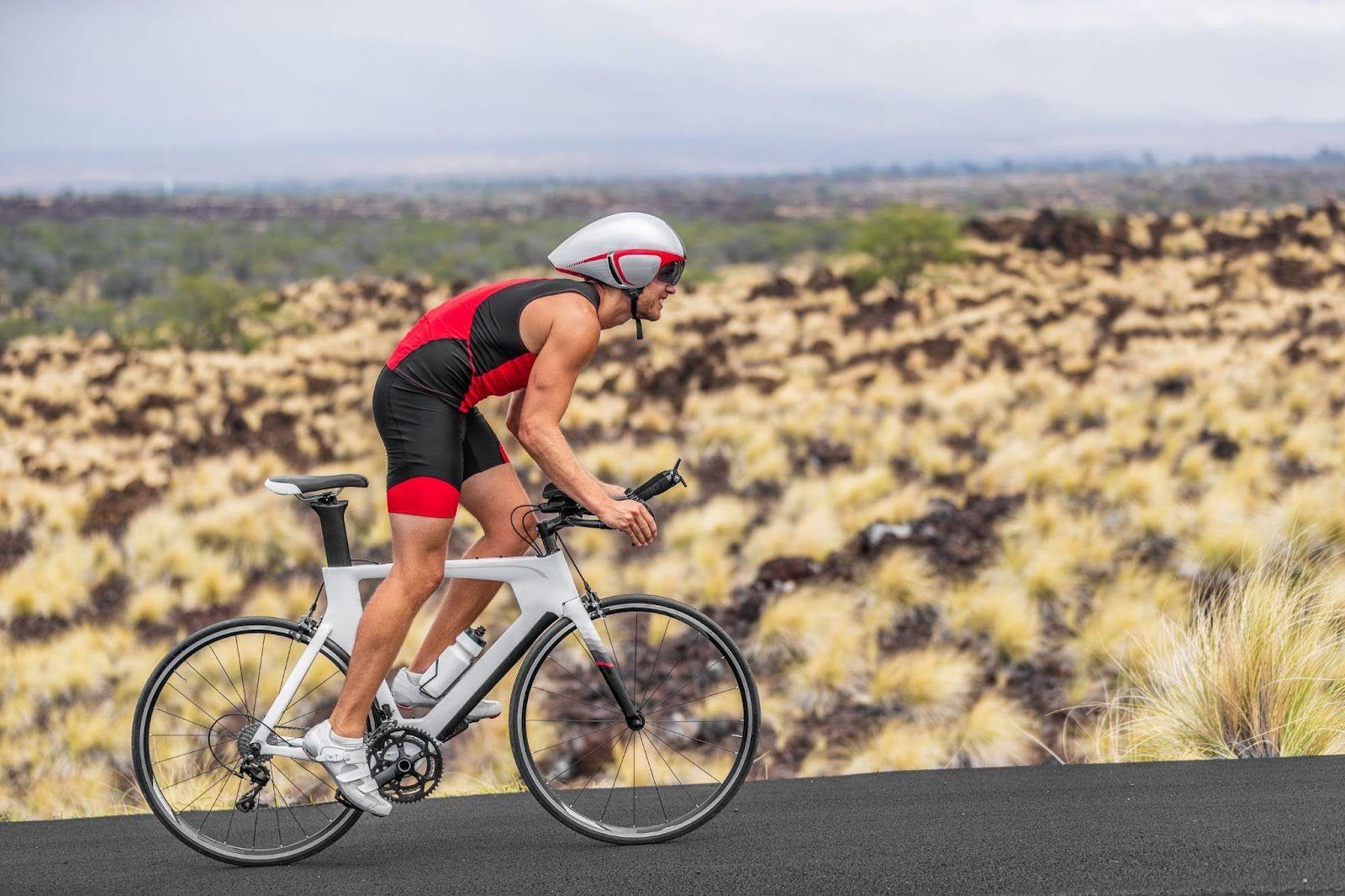
Training zones – or levels – are a way to communicate (between athlete and coach) or to understand how intense you should be exercising. Training zones help separate different intensities. While aerobic energy fuels longer efforts and anaerobic energy powers shorter, maximal efforts, both systems contribute to every effort – your body doesn’t suddenly switch from one to the other.
Different training systems, coaches, and sports scientists will define these zones in different ways.
The important aspect of training zones, however, is that they provide an idea that allows communication of how to follow a training programme to help your fitness progress.
Understanding training zones
Training zones are used to communicate the difficulty or intensity of training sessions, whether these are developed by a coach, a training plan (like you get on the ROUVY indoor cycling app), or whether you develop the training plan yourself.
Why training zones matter: The key to smarter workouts
Training zones are usually anchored to some aspect of physiology – this makes sense because most people understand or can visualise what such efforts mean.
For example, ROUVY uses FTP (functional threshold power) training zones developed by Dr. Andrew Coggan as a way of communicating how hard – or easy! – you should be riding. Telling a cyclist to ride “easy,” “moderate,” or “hard” can be unclear and lead to ineffective training. Many people may want to incorporate some sweetspot training in their plan, as this is a great way of building fitness and durability. However, saying “ride moderately” can be confusing because such an effort can feel easy until you’ve ticked off a decent amount (riding for 10 minutes at sweetspot/Zone 3 could feel easy, but after 45 minutes it could feel like a moderate effort, and 90 minutes in, it may well feel like a hard effort). Accordingly, by defining a zone with a range (76- 90 percent of FTP) the effort can be adjusted depending on how you feel.

Aerobic vs. anaerobic zones: Understanding the energy systems
Zones 1 to 4 are primarily aerobic in nature, while Zones 5 to 7 are mainly anaerobic in nature. Importantly, Zone 5 which is “VO2 Max” is technically aerobic (as you’re aerobic up to VO2 Max), however, you will be drawing down energy anaerobically as well. VO2 Max is the technical term for the maximum amount of oxygen that you can utilize throughout your body.
By splitting your training into zones you can work on maximizing specific areas of your physiology in order to improve distinct aspects of your fitness.
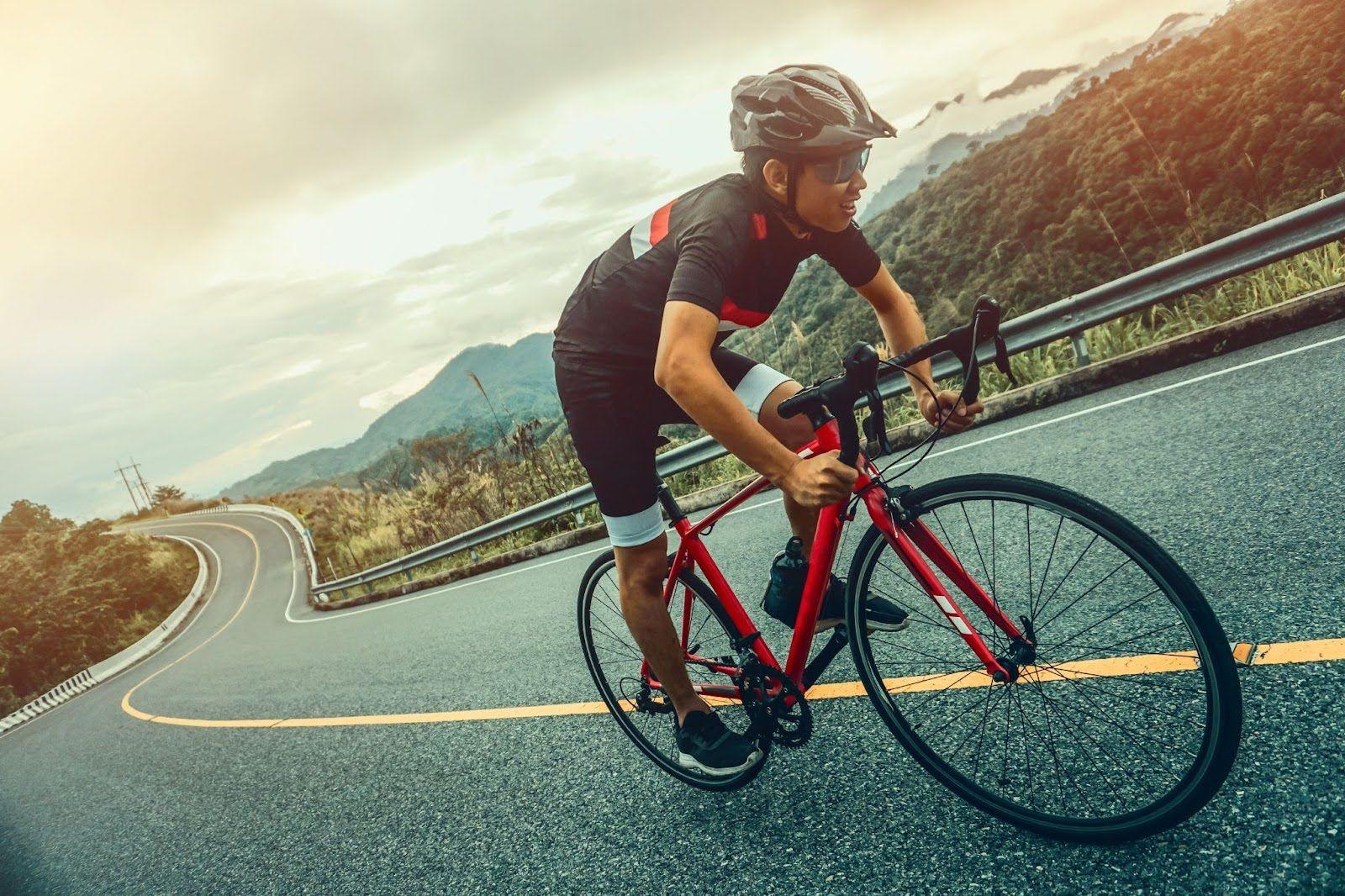
If, for example, you live in the UK where there are many hills which take approximately 3 to 8 minutes or so to climb, you may want to work on improving your VO2 Max (which is unpleasantly hard as you’ll be working at maximum effort for at least several minutes). Using zones means that you can then say I’ll have an easy day (Zones 1-2) and the next day could be a VO2 Max day where you go into it well recovered.
Different types of training zones
There are two main types of training zones that can be used depending on the equipment that you have available to you. Each of these two types of zones – heart rate (HR), or power output (W) – can be defined in different ways.
Heart rate vs. power-based training: which one should you use?
ROUVY uses HRmax (which is the maximum heart rate that can be attained while cycling) for setting HR training zones. This metric was developed by British Cycling. It is ascertained from a maximal type effort of more than several minutes duration, or more commonly from a ramp test (like that on the ROUVY app). Due to HR lag, HRmax often occurs just after the test finishes.
FTP is usually estimated through a ramp test (which I developed) or a 20-minute test at 95 percent. While rare (<5 percent), some athletes may get incorrect zones from a ramp test. I recommend using both tests for accuracy.
Pros and cons of HR and power training zones
The advantage of power training zones is that they are significantly more precise and are therefore better able to communicate exact training intensities.
The disadvantage is that power meters are considerably more expensive to purchase than a heart-rate monitor and harder to install on your bike (you’ll need some mechanical knowledge).
On the other hand, heart-rate monitors can be purchased cheaply and are easy to wear. Their main disadvantage is that there is frequently a lag in HR response especially for hard, shorter efforts that simply don’t reflect the effort you’re exercising at. If you’re cruising along taking it easy, and then do a 30-second max effort, your HR won’t respond in time and will often reach a higher level after you complete the effort!
Why training zones don’t always match up
Training zones may not necessarily “match up” when using both methods. If you’re doing a Zone 2 ride you may find differences between your power and HR using each method
Many riders will have a power meter built into their indoor trainer and they’d therefore use power when training indoors. Outside, you might only have access to a HR monitor, so you’d use HR for setting zones, and would need to be aware that lag is quite normal when doing shortish, intense efforts and that you may need to gauge with feelings (rate of perceived exertion, or RPE), where you could estimate efforts with a scale of 1 to 10 (where 1 is extremely easy, and 10 is all-out, maximal effort).
How to combine heart rate and power for better training
Some riders who have bike-mounted power meters will use HR to set endurance-training zones (Zones 1 and 2), while harder efforts will be completed via power output. This is down to rider preference. Personally, I prefer to use power across all my training zones and moderate with my RPE.
How to determine your training zones: HRmax & FTP testing explained
How To Assess Your HRmax: A 5-minute maximum effort is required. Locate a hill that is at least 5-minutes long. Warm up for at least 15 minutes, building to a reasonable effort level. Ride easy for a minute or two. Then roll into the hill at maximum effort and try to sustain it for at least 5 minutes. This needs to be a super hard effort where you are breathing maximally. You should reach your HRmax towards the end of the effort or just after it!
How To Assess Your FTP: This is best done either by a maximal 20-minute TT test or a ramp test on ROUVY. In either instance, it’s advisable to warm up to a moderate level for at least 15 minutes. This should be followed by a minute or two of easy effort. Then, for the 20-min test, you either want a nice flat road, or a long, steady climb. Then try to evenly pace the effort so you’re riding at approximately the same power throughout the test as a maximum effort, rather than starting at a super high power and then fading. Find your average power for 20 minutes and multiply this by 0.95 to get an approximate value for your FTP. If you average 200 W for the 20 minutes, this would be 200 x 0.95 = 190 W = your approximate FTP.
If you’ve never done a 20-minute TT before, you may not know what power you can sustain for 20 minutes. Therefore, a ramp test on ROUVY is a great option. Once warmed up, the ramp starts very easily and becomes progressively harder as the test goes on, with more power being added to your target every minute.
At some point, failure will occur and you’ll no longer be able to ride at the desired power. Once stopped, ROUVY will estimate your FTP as 75 percent of the best minute of your test. If you complete the final stage at 300 W, your estimate on ROUVY would be 225 W. In reality, however, most riders’ FTP falls within 72-77% of their best one-minute power. Once you’ve ascertained your FTP from a ramp test, you can then use that number as pacing/motivation on the 20-minute test, which you should do on a different day.
Working with training zones on the ROUVY app
For cyclists training on ROUVY, the app allows riders to define their training zones based on either heart rate or FTP, offering precision in workouts and clear communication of effort levels. By performing regular FTP tests, you can accurately calibrate training zones, ensuring they remain tailored to your current fitness level.
ROUVY users can set their heart-rate zone and power zone on their profile in the Riders Portal. Once you’ve logged into the app, go to profile settings and click the “Zones” tab.
Effective training workouts for every training zone
Endurance training rides can be done at Zones 1 or 2 depending on the duration of the session and how you’re feeling. Occasional efforts at higher zones (Zone 4) should be fine on shorter hills (up to a few minutes in duration), while freewheeling and being below zones downhill is fine. Session duration should be 1 to 6 or more hours!

Tempo and moderate efforts that help increase fitness substantially are often in Zone 3 and frequently referred to as sweetspot training or MIET (moderately intensive endurance training). This can be continuous or interval efforts that may start at 3 x 8 minutes at Zone 3 and build to up to 2 hours of continuous work, or occasionally longer for ultra-endurance racers!
Threshold efforts last 5 to 20 minutes, with intervals like 4 x 8 minutes at 105 percent FTP, and rest periods of 4 to 8 minutes.
VO2 Max intervals are frequently completed over 3 to 6 minutes, and are done at Zones 5 or 6. Your heart rate will be near maximal once you’ve completed one or two intervals and you may do up to five of these efforts with at least 100 percent of interval time as the rest period.
Increasing anaerobic power is Zone 6 or 7. HR here just won’t respond sufficiently fast enough while effort is maximal. Duration is usually around 30 seconds which may be repeated five to 10 times, with at least 5 minutes of easy riding between efforts.
Sprint power can be done with 5- to 10-second maximal efforts, going as hard as you can while pedalling at a high cadence. Do four to eight intervals, with 5- to 10-minutes of easy riding between the sprints.
Training zones periodisation
There are two main styles of training periodisation, and both have been shown to improve performance.
Polarized: Here, approximately 80 percent of the training sessions are endurance based, with 20 percent of the sessions being high intensity (Zone 4 and above), with no training in the middle (Zone 3).
Pyramidal: This involves endurance work of approximately 65 percent, around 25 percent for Zones 3 to 4; and a small amount of high intensity work (approximately 10 percent) of Zone 5 or higher.
Choosing the right periodization for your goals
How you periodize depends on your fitness level and what your goals are. Someone training for, say, an endurance event may want to do a VO2 Max build period early on, and then become more specific to their event as they get closer to it.
A road racer, on the other hand, would want to start with an endurance block, and then move to a block that has substantial amounts of endurance and tempo with small amounts of high intensity work, before moving to more high intensity work closer to the race season.
Generally, you’d start broad and focus on areas that support and underpin the areas that you want to work on in detail – areas that will really help move you forward for your event.
Every six to 12 weeks or so, it’s a good idea to re-test in order to see how your fitness is changing, and to alter your zones based on those changes. If you feel like your fitness is changing more frequently than this, then you could test as frequently as once per month, but I’d not suggest more than that.
Common mistakes in cycling training zones
Common mistakes athletes make with their training include too much Zone 3 (Sweetspot) work, which can feel productive but often leads to stagnation due to accumulated fatigue.
HR training is less precise than power for hitting target zones and optimising performance. Training with power offers more precision so that you can optimize your performance.
Missing rest or recovery sessions is another mistake. Your body needs time to recover from hard work and adaptations occur during recovery from the efforts you’ve made. It’s a great idea to have a coffee-shop ride on a weekly basis!
While training, it’s important to fuel the work we’re doing and you should aim to eat 50-90 grams of carbohydrates per hour, increasing the amount as you become able to handle it. Elite riders can take on 120 grams or more per hour to fuel their riding.
Training with out-of-date training zones (due to infrequent testing) can result in you not improving at an optimal rate. If the zones are too hard, you’ll fail your hard/interval sessions, which is demoralizing, and zones that are too easy won’t push you to the correct level.
Conclusion
Training within the right zones is key to optimizing your cycling performance, overall fitness and health outcomes. Using clearly defined zones means your sessions are structured and you’ll progress towards your cycling goals. Regularly testing and adjusting your zones means your sessions are accurate and productive and you’ll enjoy and improve in endurance and speed long term.
